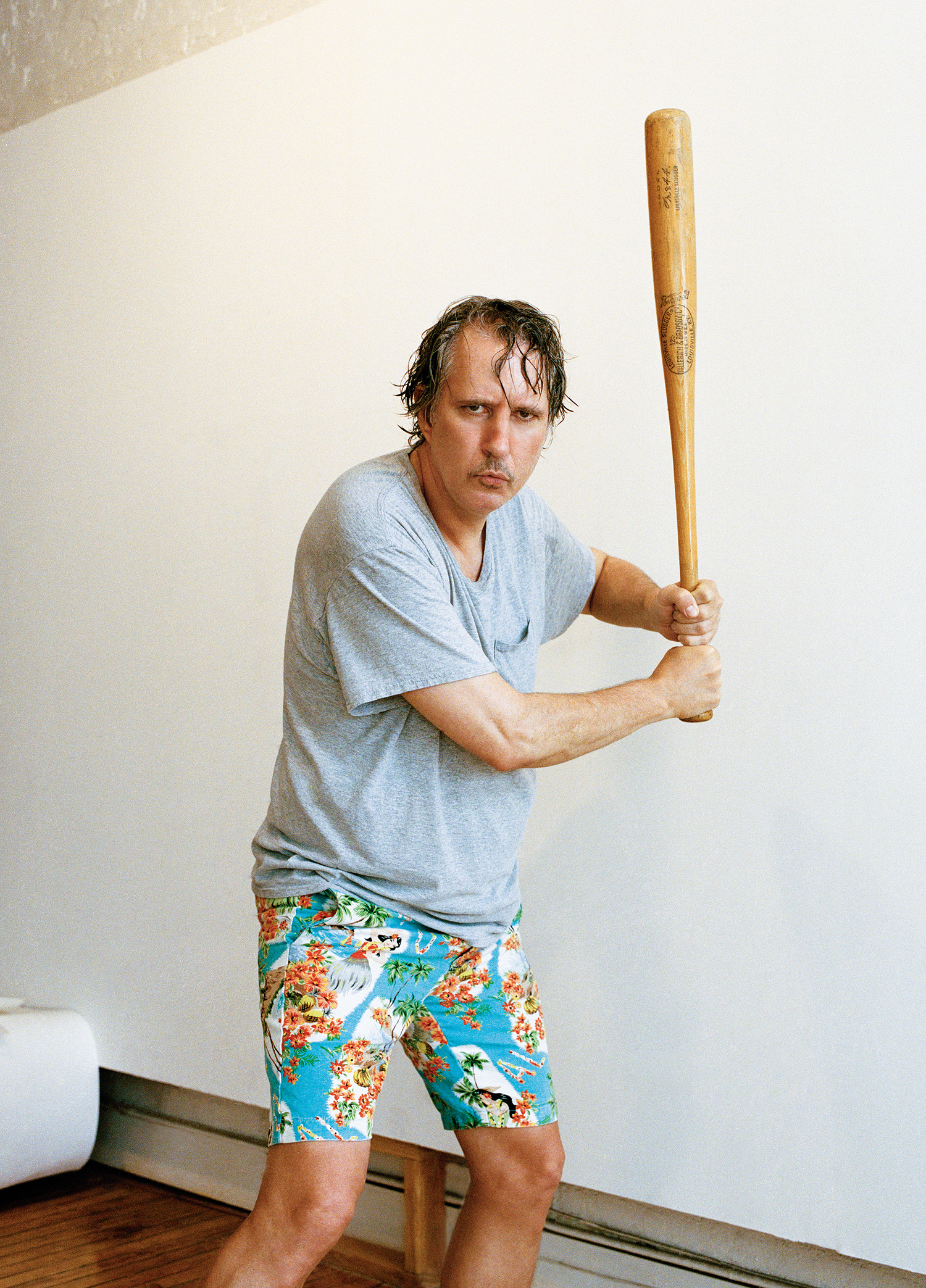Purple Magazine
— F/W 2015 issue 24
Raymond Pettibon
 Raymond Pettibon
Raymond Pettibon
sketch machine
interview by GLENN O’BRIEN
photography by ALEX ANTITCH
Raymond Pettibon is a category unto himself. He was first known for the art he created for the LA band Black Flag — started by his older brother, Greg Ginn, and which Ray named and once played bass in — as well as for other bands from the Ginn-owned label SST and Sonic Youth. He developed a big fan base in California. After he garnered art world exposure and participated in the Whitney Biennial and other major exhibitions, his fame became international.
Pettibon now lives in New York City with his wife and son. I visited him in his Soho loft-studio on his birthday, June 16. The studio has a basketball backboard, a pitching machine, and crammed bookshelves. Scattered about are hundreds of drawings in various states of completion and probably hundreds of…